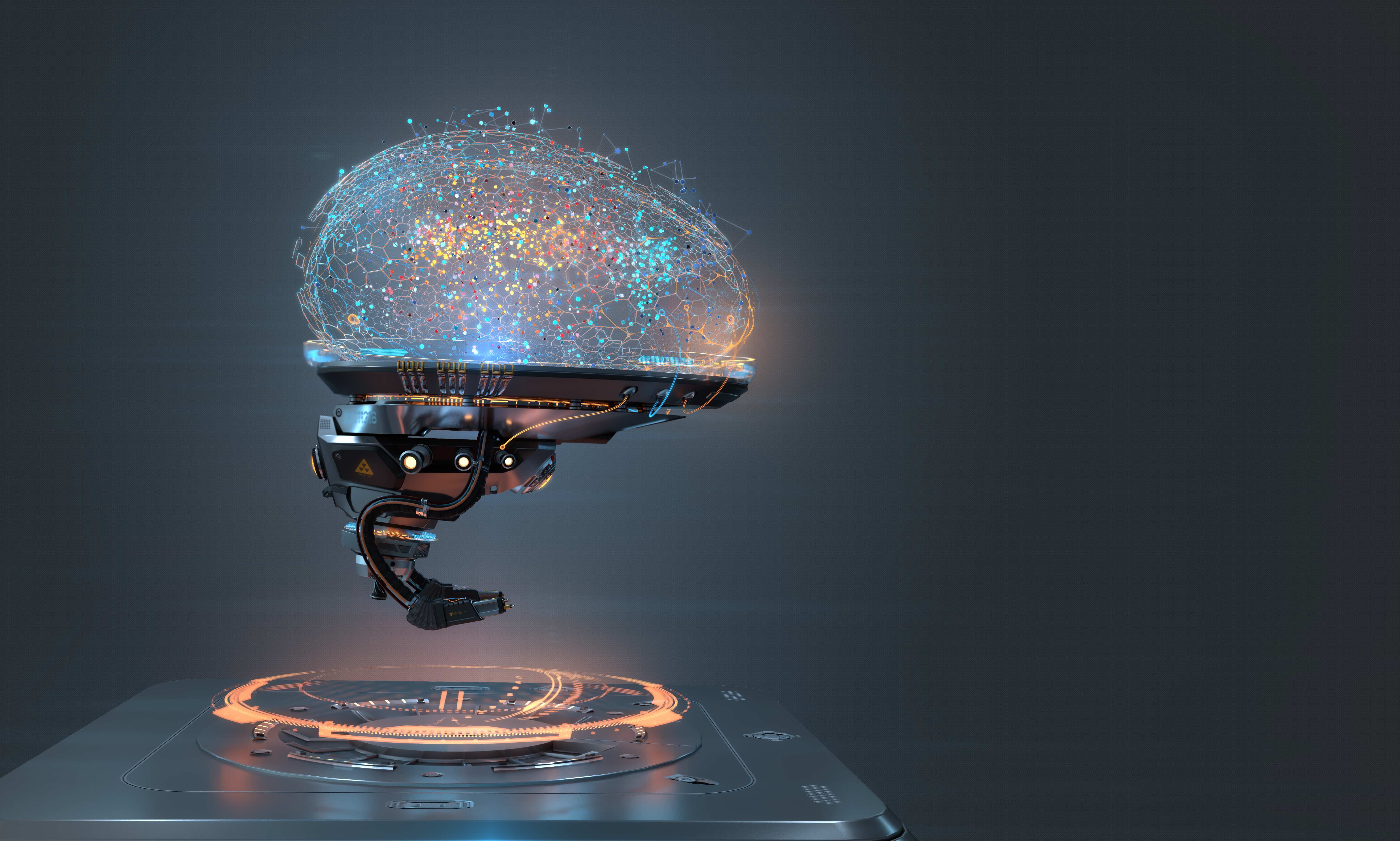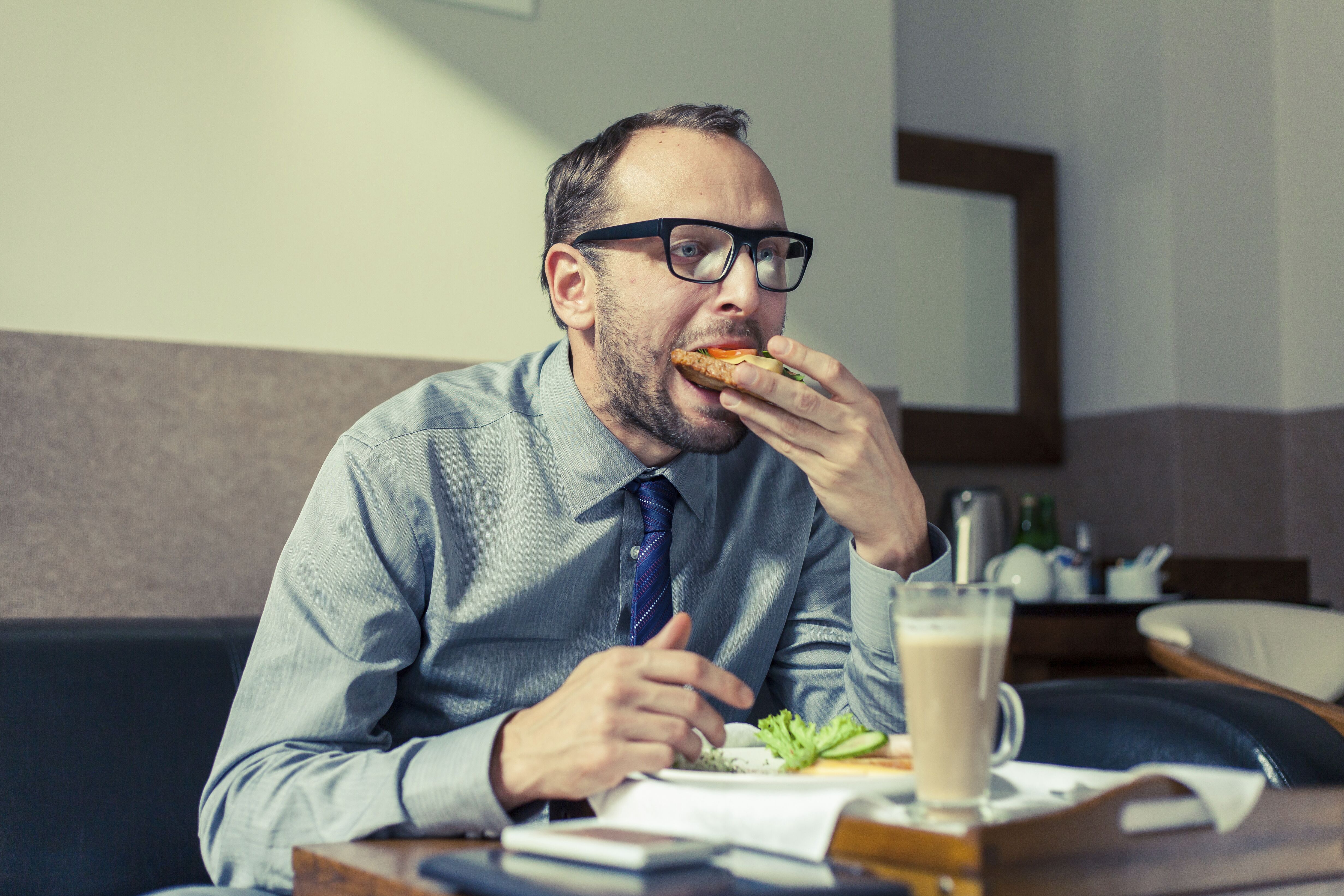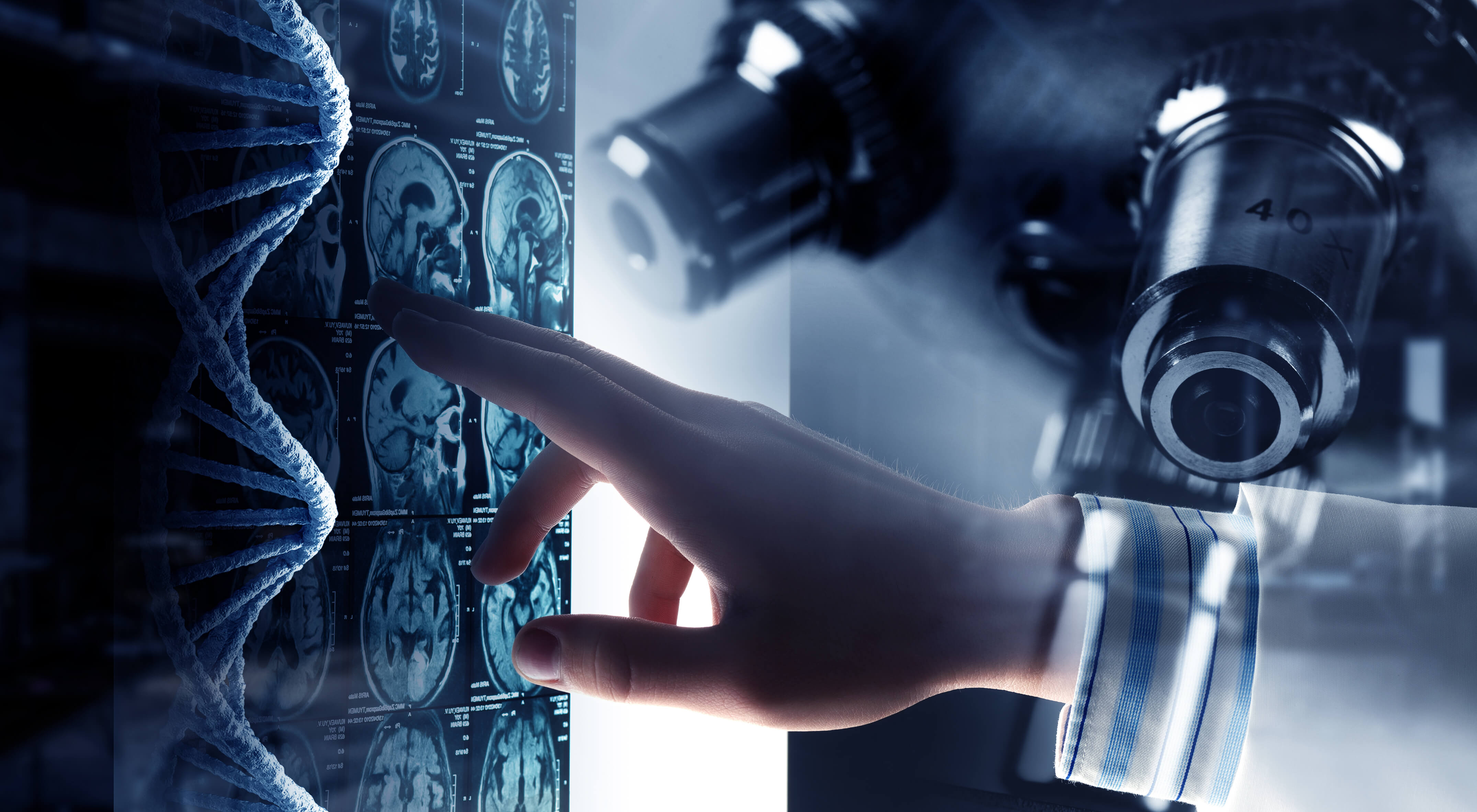Imagine this. You wake up and glance at your smartwatch. It is 7 am, your heart rate is 60 beats per minute, and your blood pressure is 120/80, so your watch tells you, there are no signs of atrial fibrillation, stroke, seizure, or other dangers. Having established that, you get out of bed and rub the sleep from your eyes. Invisible, long-wear contact lenses scan deeply into your retinas for the first indicator of infectious disease or macular degeneration. All clear. Your DNA-diagnostic toothbrush and microbiome-monitoring commode watch for dangerous changes in your cells and gut, while your computer-vision-equipped bedroom mirror checks your skin for potentially dangerous mole growth.
No, this is not a script for a science fiction movie. This could be a surprisingly accurate picture of things to come. Wearable, embeddable, ingestible, and portable devices collecting your health data could all be connected in an “Internet of Body (IoB)” working to build up a 360° view of your health. You would no longer feel anxious about your annual physical exam at your family doctor, dentist, or ObGyn because your IoB has already given you and your doctor a pretty good idea of how you are doing. Likewise, you sleep well, knowing that you and your family members will never face a sudden, unexpected health crisis.
Diagnostics go “DIY”
You are probably already familiar with wearable health devices like the Fitbit tracker and Apple Watch, which monitor your heart rate, sleep quality, and other health metrics. In 2018, the FDA granted approval for some of the Apple smartwatch functionality, which now includes blood oxygen level readings and an electrocardiogram (ECG) monitoring function. There are also bathroom scales that measure your body fat percentage and hydration level, home blood tests that monitor your cholesterol and blood glucose, and even home tests that help diagnose allergies and food intolerances. Smartphone apps like UM SkinCheck, Miiskin, and MoleMapper leverage your smartphone’s camera and computer-vision AI to offer early guidance and detection of skin cancer, while Young.AI measures your biological age using a selfie – and more accurately so than conventional methods.
But these gadgets are still just the beginning. The FDA-approved Cerebrotech Visor is put on like a hat and uses radio waves to detect the beginning of a stroke, with 92% accuracy. UK-based Owlstone produced a hand-held diagnostic mask which measures volatile organic compounds (VOCs) transferred from your blood to your breath to diagnose metabolic conditions, inflammation, infectious disease, and eight different types of cancer. There are even consumer-grade wearables for babies. Devices from Monica Healthcare and Bloomlife monitor fetal movement and heart rate, while Owlet’s “smart socks” track the heart rate, oxygen levels, and sleep quality of infants. Devices like these offer hope to combat fetal mortality and Sudden Infant Death Syndrome (SIDS), which is responsible for thousands of deaths every year.
My favorite wearable
The home healthcare devices market is predicted to reach $500 billion dollars by the year 2027, with the list of DIY diagnostic devices growing fast, and with innovative new devices and upgrades coming out every few months. What is really exciting about this area, in my opinion, is how portable and affordable many of these new devices are. For example, Longevity Vision Fund portfolio company EXO Imaging has developed a handheld ultrasound device that will cost a fraction of what comparable equipment costs hospitals today. Oxford Nanopore Technologies’ MinION sequencer costs about $1,000, weighs less than 100 grams, plugs into a laptop like a USB stick. Here are my favorite choices of (relatively) affordable, portable, and highly practical wearables I use daily!
Oura Ring
The Our Ring might just be my favorite device for assessing and improving the quality of my sleep. Positioning itself as “the most accurate sleep tracker in the world”, its features include 24/7 heart rate monitoring, personalized health insights, and sleep analysis. The latter calculates time spent in deep sleep, REM sleep, and light sleep, as well as noting your nightly heart rate and bedtime schedule to work out your Sleep Score. Apart from myself, Oura Ring users include the NBA (which bought 2,000 Oura Rings to monitor its athletes) and celebrities like Jennifer Aniston. That’s already a lot of buzz for a niche gadget, but the third-generation Oura Ring also adds ambitious new features like period prediction and blood oxygen level monitoring.
How I use it:
I like to use my Oura Ring to track my sleep and test which factors affect it during the day. For example, I found that for me, having alcohol worsens sleep, while taking a long walk before bed improves it. Moreover, according to Oura, extended fasts of 36 hours or more boost my recovery rate up to 97% (when my usual recovery rate hovers around 80-85%.) But don’t get too hung up about getting ‘perfect’ numbers. What matters is consistency and seeing an upward trend over time. If sleep-tracking and recovery are important to you, but you don't find wrist-based trackers comfortable, the Oura Ring might be the solution for you.
Whoop wristband
This wrist wearable uses LEDs, photodiodes, and advanced algorithms to provide accurate heart rate measurements. Similar to the Oura Ring, Whoop takes your blood oxygen and body temperature readings to assess your sleep patterns and bodily stress. The main difference here is that the Whoop app also keeps track of your “sleep debt,” helping you to make up lost sleep hours. Studies show that it can take days or even weeks of sustained optimal sleep to recover from any “sleep debt.” Endorsed by celebrities such as Joe Rogan, Whoop works out your Recovery and Strain Scores – primarily to tell you when your body is best primed for training (and even at what intensity level.)
How I use it:
I use Whoop together with my Oura Ring to assess and optimize my sleep. While the sleep scores between the two devices may vary slightly, I like using them both to get a more accurate picture. I also rely on Whoop to help me catch up on my sleep after I have had a streak of working late or traveling extensively. I sometimes use Whoop to track my anaerobic activity such as Pilates and yoga (which I really enjoy) and seeing how they positively affect my respiratory rate and heart rate variability. You will love Whoop is you want to export your wellness trends and even show them to your doctor. You will also enjoy using Whoop if you train intensively and need a gadget to guide your rest days and the intensity of your exercise for optimal results.
Levels Health
An amazing little gadget that helps you “unlock your metabolic health” by tracking your blood glucose in real-time. The Levels device is attached to your forearm, and while its needle can seem scaringly long, inserting it is surprisingly painless. Once it’s in, Levels provides you with biometric feedback through a Continuous Glucose Monitor (CGM), showing you how your body reacts to the foods you eat. Why should you care? Well, everyone is unique, and our bodies may react differently to the same things. For example, your favorite “health” foods may be causing blood sugar spikes and mid-day energy crashes. Levels will help you understand the relationship between the foods you eat and how they affect you. More importantly, you can use it to personalize your diet and, hopefully, prevent conditions such as obesity, insulin resistance, and even diabetes.
How I use it:
When I first started using Levels, I learned that foods like dairy caused a blood sugar spike, while wild-caught salmon produced consistent glucose levels. According to the International Diabetes Federation (IDF), nondiabetic people should have a glucose level of no higher than 140 mg/dl after meals – which is what I try to aim for. However, I am human and I do sometimes indulge. In that case, Levels has shown me that a walk or a workout immediately after a high-sugar meal improved my numbers significantly, as my muscles used up some of that excess glucose in my blood. I also love using Levels to help get my blood sugar levels low and steady before entering an extended fast. This way, I tend to achieve ketosis and autophagy quicker, than if I preceded the fast with a high-carb meal.
Muse
The Muse headband is a 'brain sensing' wearable that's an excellent meditation aid. The headband features a set of sensors, including EEG to monitor brain activity, PPG for heart rate monitoring, and pulse oximetry for blood oxygen saturation. The control unit also contains a gyroscope and accelerometer to detect movement. The phone app provides you with a choice of different types of meditation, including mind, heart (which focuses on lowering your heart rate), body (concentrating on maintaining good posture and staying still), breath, and guided meditations. Each meditation session is accompanied by gentle spoken guidance and sounds, flowed by a report showing how calm you were throughout. Throughout the meditation, the sound effects grow louder if you move or your mind wanders, and quieten down when you recover your focus.
How I use it:
I try to meditate at least once per day – usually, in the morning when my house is still quiet, and my children are asleep. However, when I miss my morning session or find myself in a less than ideal environment (e.g., when traveling or at the office), I use Muse to help me focus, bring back attention to my breathing, slow down my thoughts, and relax. It's simple to use and each session only takes a few minutes. As such, it makes for a pleasant and rewarding experience – especially when I manage to fit it into my hectic day – and I often find my performance and efficiency increase afterward.
Special mention: EKO Health
There is one other company that I just have to mention before finishing this article. While not a consumer-grade wearable, EKO Health produces medical devices that, I believe, will help to democratize healthcare even further – and which you may even use yourself one day! A Longevity Vision Fund portfolio company, EKO Health creates best-in-class stethoscopes and AI-driven assessment software that capture both heart sounds and ECG readings, providing immediate tools to check for arrhythmias when required. EKO Health received FDA clearance for heart disease assessment and monitoring using and is already in use at 4,000+ hospitals, clinics, and private practices – helping detect disease with higher accuracy, diagnose with more confidence, and ultimately give patients access to the best care possible.




